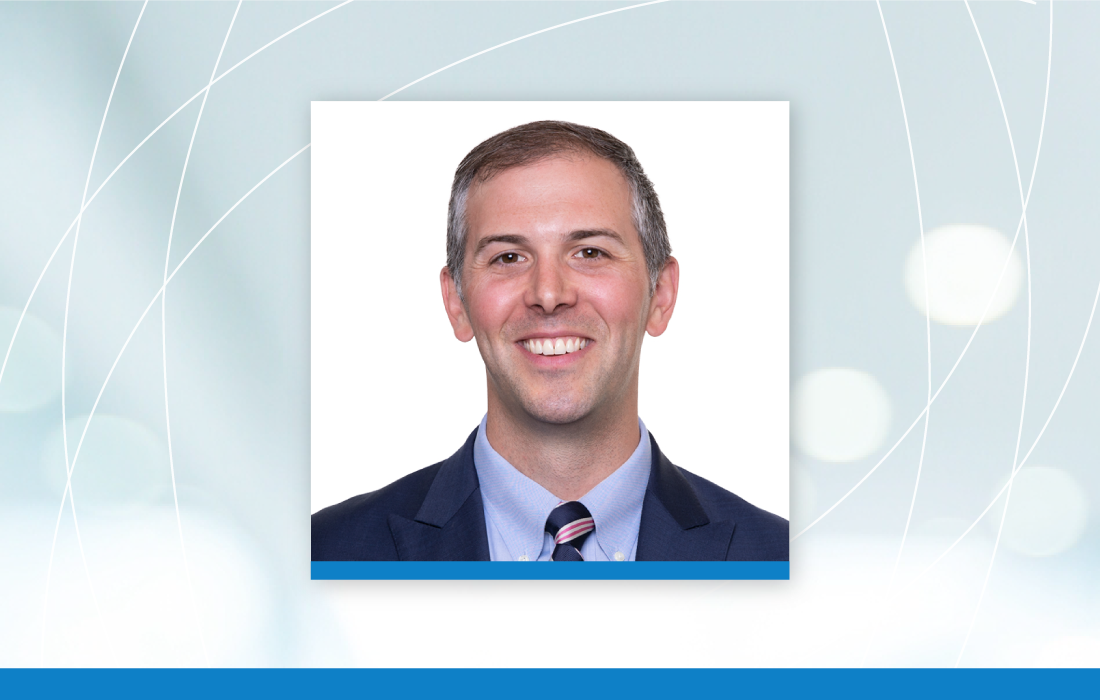Although shoulder joint replacement is less common than knee or hip replacement, it is just as successful in relieving joint pain. It was originally performed to treat severe shoulder fractures. Over the years, shoulder joint replacement has come to be used for many other painful conditions of the shoulder, such as different forms of arthritis.
If nonsurgical treatments like medications and activity changes are no longer helpful for relieving pain, a doctor will likely recommend shoulder joint replacement surgery.
The primary goal of shoulder replacement surgery is pain relief with a secondary benefit of restoring motion, strength and function. It helps patients return to an activity level as near to normal as possible. In fact, many patients return to sports and other favorite pastimes.
In shoulder replacement surgery, the damaged parts of the shoulder are removed and replaced with artificial components called prostheses. The treatment options are as followed:
- Replace just the head of the humerus bone (ball)
- Replace both the ball and the socket (glenoid)
Shoulder joint components may be held in place with cement, or they may be constructed with material that allows new bone to grow into the joint component over time.
Types of Shoulder Replacement Surgery
There are several types of shoulder joint replacement surgery:
Total shoulder joint replacement is an option for patients who suffer from joint dysfunction. This is usually the result of osteoarthritis or rheumatoid arthritis, and sometimes (although rarely) for those who have sustained severe trauma from a shoulder fracture. In a total shoulder replacement, the round end of the arm bone (humerus) will be replaced with an artificial stem that has a rounded metal head.
The primary indication for a total shoulder replacement is pain, which can respond to non-operative treatments. Pain may be the result of abnormalities and changes in the joint surfaces as a result of arthritis or fractures.
Partial shoulder replacement, also known as shoulder hemiarthroplasty, is when the humerus is replaced with a prosthetic metal implant. The other half of the shoulder joint is left intact. Shoulder hemiarthroplasty is indicated for severe shoulder osteoarthritis in which only the humeral head is damaged.
Reverse total shoulder replacement is for people who have painful arthritis in their shoulders and also have damage to the muscles around the shoulders. In this procedure, the surgeon removes the damaged bone and smooths the ends. Then he attaches the rounded joint piece to the shoulder bone and uses the cup-shaped piece to replace the top of the upper arm bone. So, the position of the “ball” (humeral head) and “socket” (glenoid) are reversed. The “ball” is positioned on the glenoid and is termed the glenosphere, while the “socket” is positioned on the humeral shaft.
The primary indication for a reverse total shoulder replacement is for rotator cuff arthropathy. This is a condition of progressive arthritic degeneration of the shoulder joint due to long-term rotator cuff dysfunction as a result of chronic rotator cuff tears within the shoulder, which are no longer repairable. At least two of the four rotator cuff muscles (supraspinatus, infraspinatus, teres minor and subscapularis) need to be torn or dysfunctional in order for rotator cuff arthropathy to develop. As a result of the dysfunction, the normal biomechanics of the shoulder joint are lost.
For select patients, our highly skilled surgeons can perform joint replacement procedures on an outpatient basis at University Center for Ambulatory Surgery, which is conveniently located on the third floor of our Somerset location. Otherwise, patients undergoing shoulder replacement surgeries are typically in the hospital for two to three days, beginning rehabilitation on the day of surgery.
Shoulder Replacement Recovery
If patients have regional anesthesia for their shoulder replacement surgery, it will take 12 to 18 hours to wear off, during which time their hand and arm will be numb. Their pain will be controlled via medications. There will also be exercises prescribed to achieve the following:
- Help the joint heal properly
- Minimize scar tissue
- Prevent elbow and shoulder stiffness
- Strengthen the muscles to support the new joint
Those patients undergoing shoulder replacement in the hospital begin rehabilitation on the day of surgery. The arm of the shoulder replacement will be in a sling for four to six weeks after surgery.
UOA Hand & Upper Extremity Department
In addition to treating general orthopaedic conditions, each of our physicians is fellowship trained in a subspecialty. The physicians at University Orthopaedic Associates (UOA) Hand & Upper Extremity Department are experts in performing shoulder replacement surgery.
The UOA Hand & Upper Extremity specialists use the latest technology and innovative approaches. To request an appointment or a consultation with one of our Hand & Upper Extremity specialists at one of our three locations (Somerset, Princeton and Wall Township), please fill out the Make an Appointment Form on our website or call 732-537-0909.




